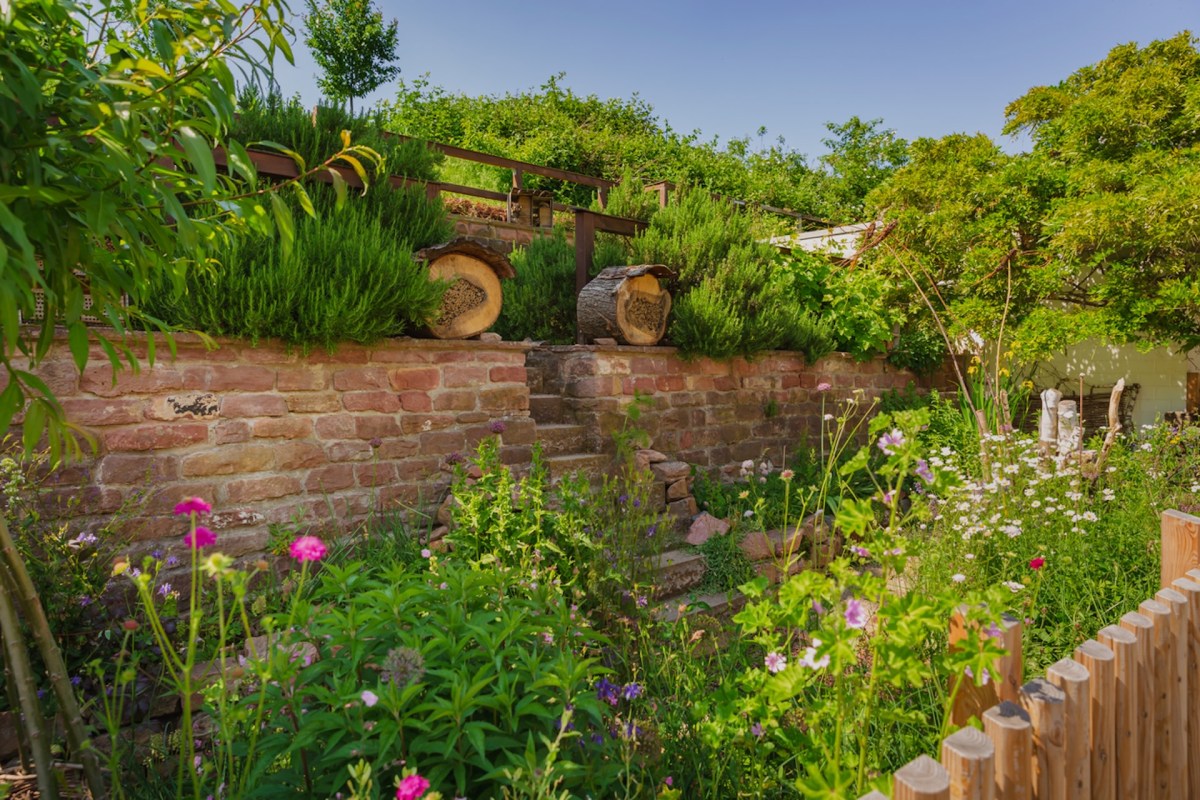A Saskatchewan resident was left perplexed when local officials came after her for creating a pollinator garden.
Pooja Bansal replaced her traditional lawn with 120 plants and hoped to double that number, the CBC reported in August.
"It wasn't giving back to the community, not creating biodiversity, and also used a lot of pesticides to kill native plants and species," she said. "So we wanted to give back and increase that biodiversity."
The CBC reported that the city of Saskatoon's bylaw on Property Maintenance and Nuisance Abatement "dictates that land is not to be overgrown with grass and weeds in excess of 20 centimetres [7.9 inches]." The province's Weed Control Act also "empowers municipalities to enforce the eradication, containment or control of prohibited, noxious and nuisance weeds."
The outlet also noted, however, that there is an exception for "intentionally planted vegetation," even if it exceeds the limit. Bansal told the CBC the new plants she sowed saved water and attracted more bees, plus native species of butterflies, moths, dragonflies, and grasshoppers. It was set to provide food for birds in the winter.
An inspector made multiple trips to the home after the violation was first cited, though.
"I was really surprised because [the officer] came back two to three times to check whether we had cut it down," Bansal said. "He was using his time to actually monitor the weeds and the growth.
"... We reluctantly had to cut it down."
The loss of most of the native grass caused soil to spill onto the sidewalk without fibrous roots to hold it together. In addition to this erosion control, native plants can withstand floods and droughts.
There are many other benefits to planting native species, even if you do it piecemeal instead of in one big project. You can save time and money on lawn maintenance — conserving water and lowering water bills — and create a healthier ecosystem for pollinators, which benefits humans by nurturing and protecting our food supply.
If you're interested in similarly rewilding your yard, other eco-friendly, low-maintenance options include clover, buffalo grass, and xeriscaping.
Bansal said the city should change its bylaw so it could "take an intentional approach to create biodiversity, and not encourage just mindless lawns that have become a symbol of status and prestige."
"We will continue doing our part in creating a pollinator garden and hope everyone else or some people join the movement to create more biodiversity in the city," she said. "It's so exciting to see a highway of bees and birds and rabbits taking refuge in our front yard."
Commenters supported Bansal, with one saying, "Hang in there Poona, there are millions of people who now realize that our survival is in danger and not some useless lawn and this is helping nature!"
"I had the same 'battle' with our municipality," someone else wrote. "They said it was overgrown. I pointed out the trimmed paths, that there was no ragweed in amongst the plants, that it was weeded, and then asked for a city definition of a 'garden'. They didn't have one, and the bylaw officers haven't visited since."
Another said: "If we were really serious about combating all sorts of climate issues, allowing pollinating yards would be right up there."
Join our free newsletter for easy tips to save more, waste less, and help yourself while helping the planet.









